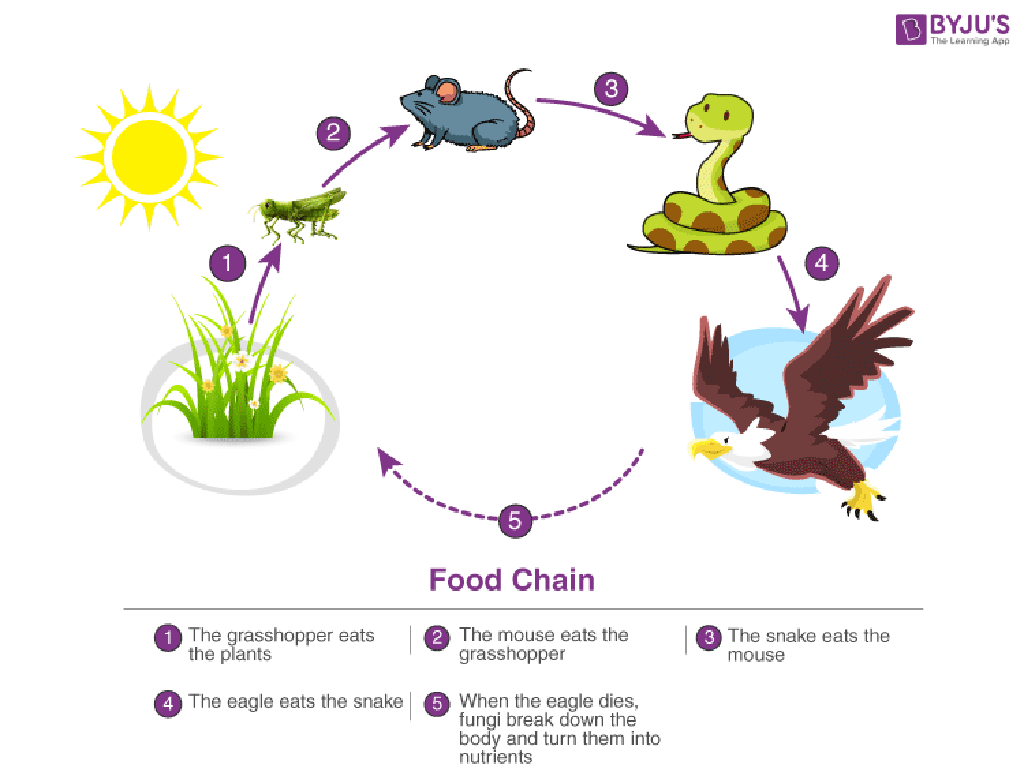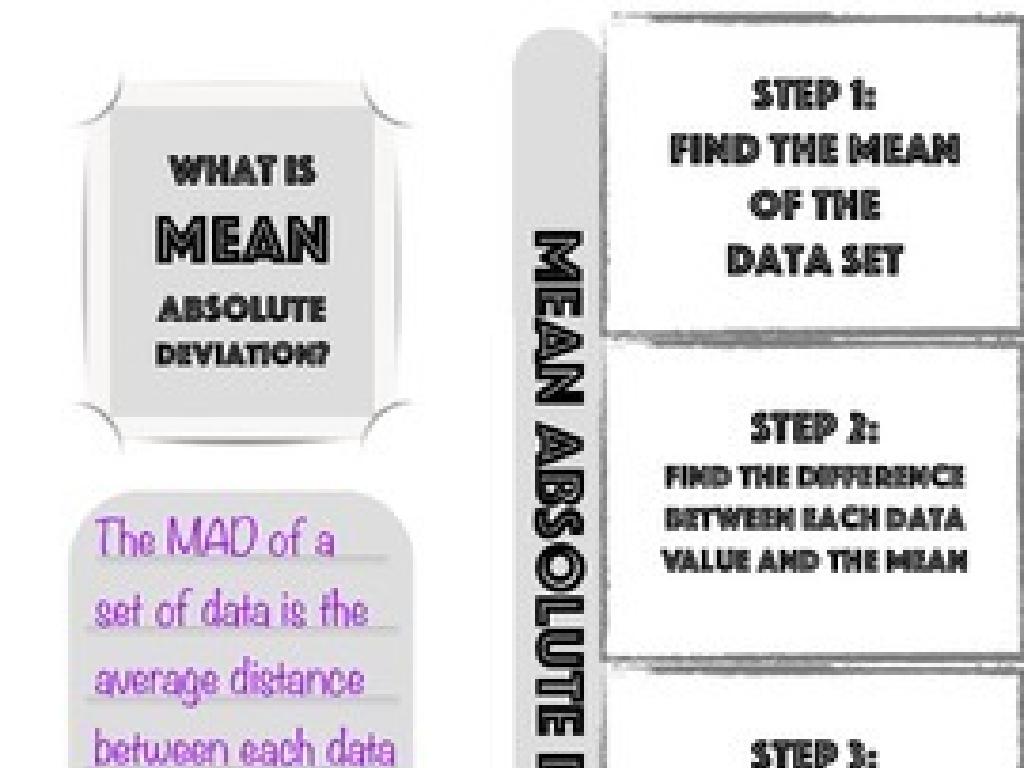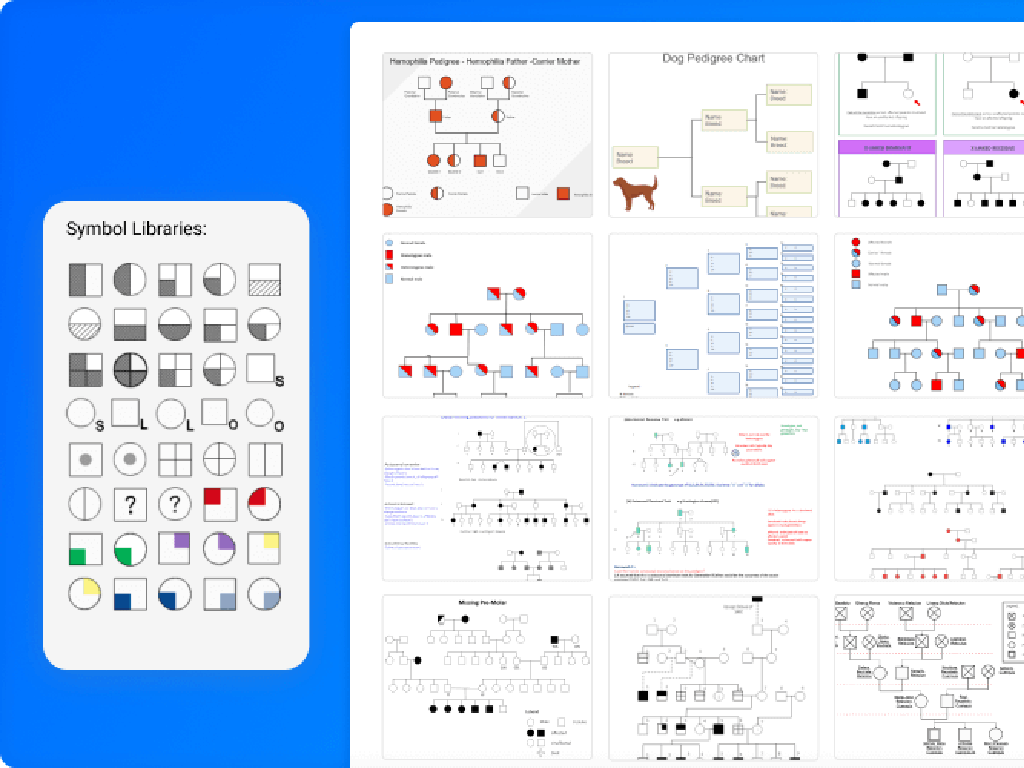Find Words Using Context
Subject: Language arts
Grade: Fourth grade
Topic: Context Clues
Please LOG IN to download the presentation. Access is available to registered users only.
View More Content
Today’s Adventure: Finding Words Using Context
– What are context clues?
– Clues in the text that help us define unfamiliar words
– Types of context clues
– Synonyms, antonyms, explanations, and examples are common types
– Why context clues matter
– They improve reading comprehension and vocabulary
– Practicing with context clues
– We’ll read passages together and discover new words
|
This slide introduces the concept of context clues to fourth-grade students, emphasizing their role in understanding new vocabulary during reading. Begin by explaining that context clues are hints found within sentences and paragraphs that help decipher the meanings of unknown words. Discuss different types of context clues, such as synonyms and antonyms, and how they can point to the meaning of a word. Highlight the importance of context clues in building reading comprehension skills and expanding vocabulary. Engage students with examples and encourage them to practice by reading passages and identifying new words using context clues. This interactive approach will help solidify their understanding and application of the concept.
Understanding Context in Reading
– What does ‘context’ mean?
– Context is the setting or situation in which a word is used.
– Context: A clue to uncover meanings
– Think of context as hints that help figure out new words, like detective clues.
– See context in example sentences
– ‘The arid desert was so dry.’ Arid means dry, clues are ‘desert’ and ‘dry’.
– Practice finding context clues
|
This slide introduces the concept of context as it relates to reading and vocabulary. Context is the information surrounding a word that helps us understand its meaning without needing a dictionary. It’s like being a detective where the text around a new or difficult word gives us clues to its meaning. Provide examples where context within a sentence helps to define a word. Encourage students to look for descriptive words, synonyms, antonyms, or explanations nearby the new word. In class, practice this skill by reading passages together and identifying context clues that help define challenging words.
Types of Context Clues
– Definition clues in sentences
– Words are defined directly in the text.
– Synonym/Antonym as clues
– Words similar or opposite help define the word.
– Clues from examples
– Specific examples are used to define words.
– Making inferences for clues
– Guess the meaning from the text around.
|
This slide introduces the various types of context clues that students can use to determine the meaning of unknown words in a text. Definition clues provide a direct definition within the sentence. Synonym and antonym clues use similar or opposite words to help reveal the meaning. Example clues give concrete illustrations that define the word. Inference clues require students to read between the lines and guess the word’s meaning from the surrounding text. Encourage students to look for these clues in sentences and practice with examples. Provide exercises where they can apply each type of context clue to understand new vocabulary.
Using Definition Clues
– Definition clues in sentences
– Clues that define the word directly in the text.
– Keywords: ‘is’, ‘means’, ‘refers to’
– These words signal a definition is near.
– Practice finding definition clues
– Work on examples as a class
– We’ll explore sentences and discover meanings together.
|
This slide introduces the concept of definition clues, which are hints within a sentence that help readers determine the meaning of an unfamiliar word. Emphasize the importance of looking for specific words that often signal a definition, such as ‘is’, ‘means’, or ‘refers to’. Encourage students to be detectives, searching for these clues to unlock word meanings. During class, practice this skill by working through examples together, allowing students to apply what they’ve learned. Provide sentences with clear definition clues and guide students through the process of identifying the clues and the word meanings they reveal. This activity will help reinforce their understanding and give them practical experience in using context to find word meanings.
Understanding Synonym & Antonym Clues
– Synonyms: Words with similar meanings
– Like ‘big’ is to ‘large’
– Antonyms: Words with opposite meanings
– Like ‘hot’ is to ‘cold’
– Practice finding synonym clues
– Find a buddy word in the sentence
– Practice finding antonym clues
– Look for the ‘not’ word in the sentence
|
This slide introduces students to the concept of using synonym and antonym clues to determine the meaning of unknown words in a text. Synonym clues are words in the text that have the same or similar meaning as the unknown word, which can help students infer its meaning. Antonym clues, on the other hand, are words that have the opposite meaning, which can also provide insight into the unknown word’s definition. Encourage students to practice by reading sentences and identifying words that serve as clues. Provide examples and exercises where students can highlight or underline the clue words and then guess the meaning of the highlighted words. This activity will enhance their vocabulary and reading comprehension skills.
Understanding Example Clues
– Example clues illustrate meaning
– They provide specific instances that clarify words.
– Search for ‘such as’, ‘for example’
– These phrases often introduce example clues.
– Recognize ‘including’ as a hint
– This word signals an example is coming.
– Practice with example sentences
– Let’s analyze sentences to find example clues.
|
This slide focuses on teaching students how to use example clues to understand the meaning of unfamiliar words. Example clues are specific instances or illustrations that help clarify the meaning of a word within a text. Encourage students to look for key phrases like ‘such as’, ‘for example’, or ‘including’, which typically signal that an example is being provided. During the lesson, practice with sentences that contain these phrases and work together to identify the example clues and the words they help to define. This will enhance students’ reading comprehension skills and their ability to infer meaning from context.
Using Inference Clues
– Understanding inference clues
– Clues not directly stated but implied
– Read between the lines
– Look for hints in the text that suggest meaning
– Use experience to infer meaning
– Think about what you already know to help understand new words
– Practice with sentence examples
– We’ll look at sentences and guess meanings of new words together
|
Inference clues are not directly stated in the text; they require students to use their critical thinking skills to ‘read between the lines.’ Encourage students to draw upon their own experiences and knowledge to make educated guesses about the meaning of new words. Provide examples of sentences and work through them together, discussing the possible meanings of unfamiliar words based on the context provided. This will help students develop the ability to infer meaning, which is a crucial skill for reading comprehension. Prepare several sentences with challenging words and guide the students through the process of inferring the meaning using context clues.
Let’s Practice Context Clues Together!
– Interactive group activity
– Identify types of context clues
– Look for definition, synonym, antonym, or example clues
– Class discussion on findings
– Explain reasoning behind choices
– Share how you figured out the word meanings
|
This slide introduces an interactive class activity designed to enhance students’ understanding of context clues. Write sentences on the board with challenging words highlighted. Break students into groups and have them collaborate to identify the type of context clue used: definition, synonym, antonym, or example. After the activity, regroup and discuss as a class. Each group can share their findings and explain the reasoning behind their choices. This will help students articulate their thought process and learn from each other. As a teacher, provide guidance and affirmation of their strategies, and correct any misconceptions. Prepare 4-5 different sentences for varied practice and ensure that each type of context clue is represented in the examples.
Class Activity: Context Clue Detectives
– Become a Context Clue Detective!
– Find words in a favorite book
– Use context clues to define them
– Look for hints in the text around the word that help explain its meaning
– Share your discoveries with the class
|
In this engaging class activity, students will put on their detective hats to become Context Clue Detectives. They will need to choose a book they enjoy and search for words that are unfamiliar to them. Once they find these words, they should use context clues hints from words and sentences surrounding the unfamiliar term to infer the meaning of each word. Afterward, students will have the opportunity to present their findings to the class, explaining how they used context to understand the word. This activity not only reinforces the concept of context clues but also encourages active reading and critical thinking. For the teacher: Prepare to facilitate the activity by guiding students on how to look for context clues such as definitions, synonyms, antonyms, examples, or explanations within the text. Have a list of books suitable for this age group in case some students need suggestions. Plan for each student to share at least one word and its context clues with the class. Encourage students to listen to their peers and discuss the effectiveness of the context clues provided.
Context Clues: Conclusion & Homework
– Recap: Why context clues matter
– Homework: Discover 5 new words
– Find words you don’t know in any text
– Note context clues for each word
– Write down the sentences that help you understand
– Share your findings tomorrow
|
As we wrap up today’s lesson on context clues, remind students of the importance of using context to understand new vocabulary. For homework, they should find five new words from any text at home this could be from books, magazines, or even food packaging. They need to write down the context clues that helped them figure out the meanings. Encourage them to look for definitions, synonyms, antonyms, or examples in the text around the new words. Tomorrow, we’ll have a sharing session where each student will present their words and the context clues that helped them. This will reinforce their understanding and allow them to learn from each other’s discoveries.






